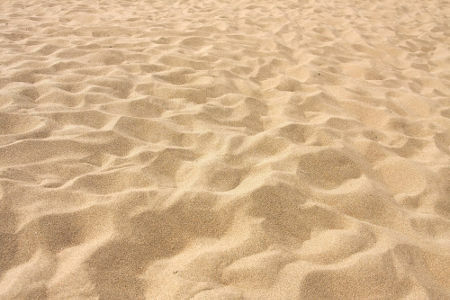Talk about materials made of glass it is a very easy task, as they are part of our daily lives, such as bottles, jars, bowls, serving dishes, glasses, plates, windows, doors, tables, etc.
→ Glass: an inert material
The habit of using glass utensils is due to the simple fact that glass is an inert material. Like this? It is a material that does not interact with any other chemical substance. Therefore, many products are preferably stored in glass containers, such as acids.
→ Why are soft drinks in glass bottles tastier than those in plastic bottles?
In addition to being inert, glass containers do not allow the passage of any gaseous component, as the molecules that form the glass are well aggregated and organized. This explains why people prefer soft drinks in “KS” bottles (King size, or ideal size) to those contained in plastic packaging, which, over time, lose gas as it manages to pass through the layer plastic. When we try the same drink, but in different packages, the product present in the glass bottle will taste better and more enhanced due to the greater presence of gas.
→ Physical and chemical characteristics of Glass
From a physical point of view, glass can be defined as a rigid, sub-cooled liquid without a defined melting point and with a high viscosity. From a chemical point of view, glass is the Mix of non-volatile inorganic oxides resulting from decomposition and fusion, mainly from alkaline, alkaline earth and sand compounds, forming a final product with atomic structure disorganized.
→ Substances used in the manufacture of glass
There are several substances that can be used in the manufacture of glass and, for this reason, there are most types of glass on the market, as the possibility of combining the materials is very great. The most common substances in the manufacture of glass are:
Silica or silicon oxide (SiO2): It is the main component that forms the glass and is nothing more than sand. Its percentage amount in the glass formula reaches approximately 70%;

Sand is the main component of glass
Calcium Oxide (CaO): It is used in the composition of glass to hinder the crystallization of silica, as it does not allow the silicon oxide atoms to reorganize correctly into sand crystals;
Sodium carbonate (Na2CO3) or sodium oxide (Na2O): Used to remove any and all air bubbles during the glass manufacturing process, in addition to contributing to good hardness and rigidity. It also facilitates the fusion of silica;
Alumina or aluminum oxide (Al2O3): It is in the composition of the glass to provide greater resistance to mechanical shocks;
Magnesium Oxide (MgO): Provides the ability to withstand sudden changes in temperature.
→ Types of glass
Among the various types of glass, five groups are most commonly used. Are they:
a) Soda-lime glass
It is the most common type of glass, being widely used, for example, in plates and glasses. Its composition contains silica, lime and carbonate.
b) Fused silica or quartz glass
It is a glass whose melting point, chemical resistance and thermal resistance are very high. Fused silica glass has silicon tetrachloride (SiCl) as its main component.4) and is widely used in high-tech laboratories that work at high temperatures. It is not used for the production of everyday objects due to the cost of production.
c) Borosilicate glass
It is a group of glasses that has boron oxide and silicate in its composition. These chemical components favor the non-expansion of the glass when it is heated, nor the easy breakage on impact. An example of their use are lamps.
d) Lead Glass
It is a glass with a high content of lead oxide (PbO) and that has a low melting point and high density. It is widely used as a radiation shield.
e) Aluminum silicate glass
It is a glass that has aluminum and boron oxides in its composition, which gives rise to a final product whose main characteristic is its chemical durability.

Glass being handcrafted
→ Glass manufacturing
The basic process of manufacturing glass can be either industrialized or handcrafted, it is enough to have the necessary equipment. Regardless of whether the process is artisanal or industrial, it will obey the following order of steps:
All components are mixed (oxides and silica, for example);
Soon after, this mixture is subjected to heating of approximately 1700 ºC, inside an oven, until all components melt;
After melting, the molten material, which is golden in color, is placed on a mold. This mold will give the glass its initial outer contour;
This initial mold is then placed in a device that injects an amount of air to finish molding the glass into the desired shape.
Finally, the material is only expected to cool down completely.
By Me. Diogo Lopes Dias


